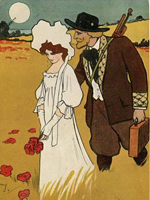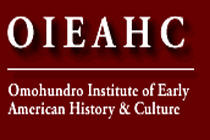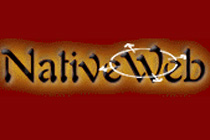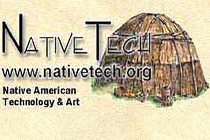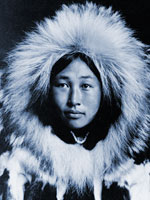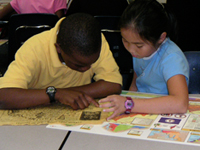On a Journey Through Hallowed Ground
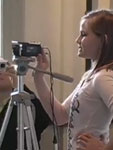
How do you engage your students in history? Do you introduce them to the lives of other children and students in the past? Explore local history with them? Bring digital media and tools into the classroom? The Journey Through Hallowed Ground Partnership's education program combines all three techniques to support students in better understanding the past.
In 2008, Congress recognized the Journey Through Hallowed Ground Heritage Area, a strip of land encompassing 15 counties and more than 10,000 registered historic sites in Virginia, Maryland, West Virginia, and Pennsylvania. Formed to raise awareness of the area and its resources, the Journey Through Hallowed Ground Partnership focuses on encouraging not just tourism, but education and historical engagement.
"Of the Student, For the Student, and By the Student"—the name of the partnership's award-winning educational program sums up its philosophy. Starting with Harpers Ferry, moving on to Monticello, and then beginning a multi-year project set on the Heritage Area's Civil War national parks, Of the Student, For the Student, By the Student gives middle school students and teachers the knowledge and tools to engage with local historic sites.
At each historic site, teachers, staff, and volunteers introduce students to the site's rich history. Armed with new knowledge and enthusiasm, small groups of students create their own mini-documentary or historical fiction scripts and film "on location" at the historic site. Working together as writers, directors, and actors, students come away from the program with a sense of ownership and a deeper connection to the history of their communities.
Do you have access to a video camera or two? What major events anchor local history in your area? How did young people participate in those events? How were they affected by them? On a smaller scale, you and your students may be able to create historical mini-movies of your own. Check out The Journey Through Hallowed Ground's YouTube channel for more than 40 "vodcasts" created by Of the Student, For the Student, and By the Student participants, or learn more about the project from Teachinghistory.org's peek into student filming at Manassas National Battlefield Park. Does anything inspire you (or your students)?
Learn more about The Journey Through Hallowed Ground on its official website. Its Education section includes more on Of the Student, For the Student, By the Student and other programs, as well as more than 13 lesson plans.
Think your students are too young for film-making? Think again! Award-winning teacher Jennifer Orr describes how she uses video cameras with her 1st-grade students.
